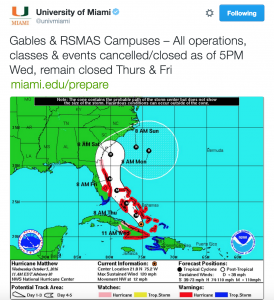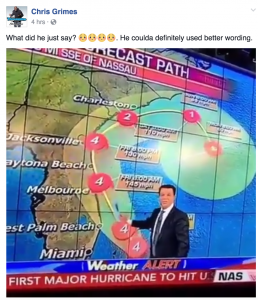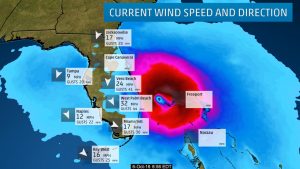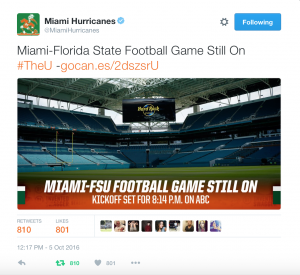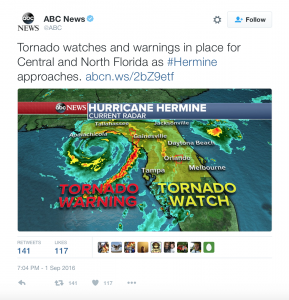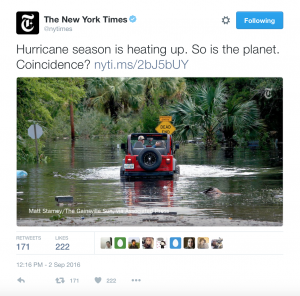By NATE DERRENBACHER
This week, storm-ravaged Puerto Rico faced another widespread power outage. A little more than a month ago, Puerto Rico was hit by Hurricane Maria – one of the most powerful storms to hit the island in modern history.
Following Maria, the entire island of Puerto Rico was without power, there was widespread flooding, extensive damage and a significant lack of resources for recovery. The 2017 hurricane season has been one of the most active with many large, named storms making landfall in the Caribbean and the United States.
And the response was initially unparalleled. Celebrities, public figures, politicians and everyone in between reached out to help those impacted by storms with an outpouring of monetary donations, volunteering on-site and organizing events around the country to gather supplies to donate to the impacted areas.
This response was possible because of continued coverage on major news outlets and social media. In times of disaster people come together, but sometimes that isn’t always the case for people who aren’t directly impacted. This year, this was not the case. Almost everyone showed their support for storm victims in any way that they could, but something else came to light as a result.
It seems that storm relief is not sustained long-term. In today’s business and social climate, it is understanding that news organizations can only cover a story for so long without any new information. But, social media and the internet are new tools for people to connect, engage and support other groups of people that they may not have had access to otherwise.
This can also be a powerful tool for the opposite impact. In order for countries like Puerto Rico to not only rebuild, but repair its infrastructure to reduce the number of power outages, citizens need help. While initially an overwhelming support, much of the world, and media, has moved on to other stories.

